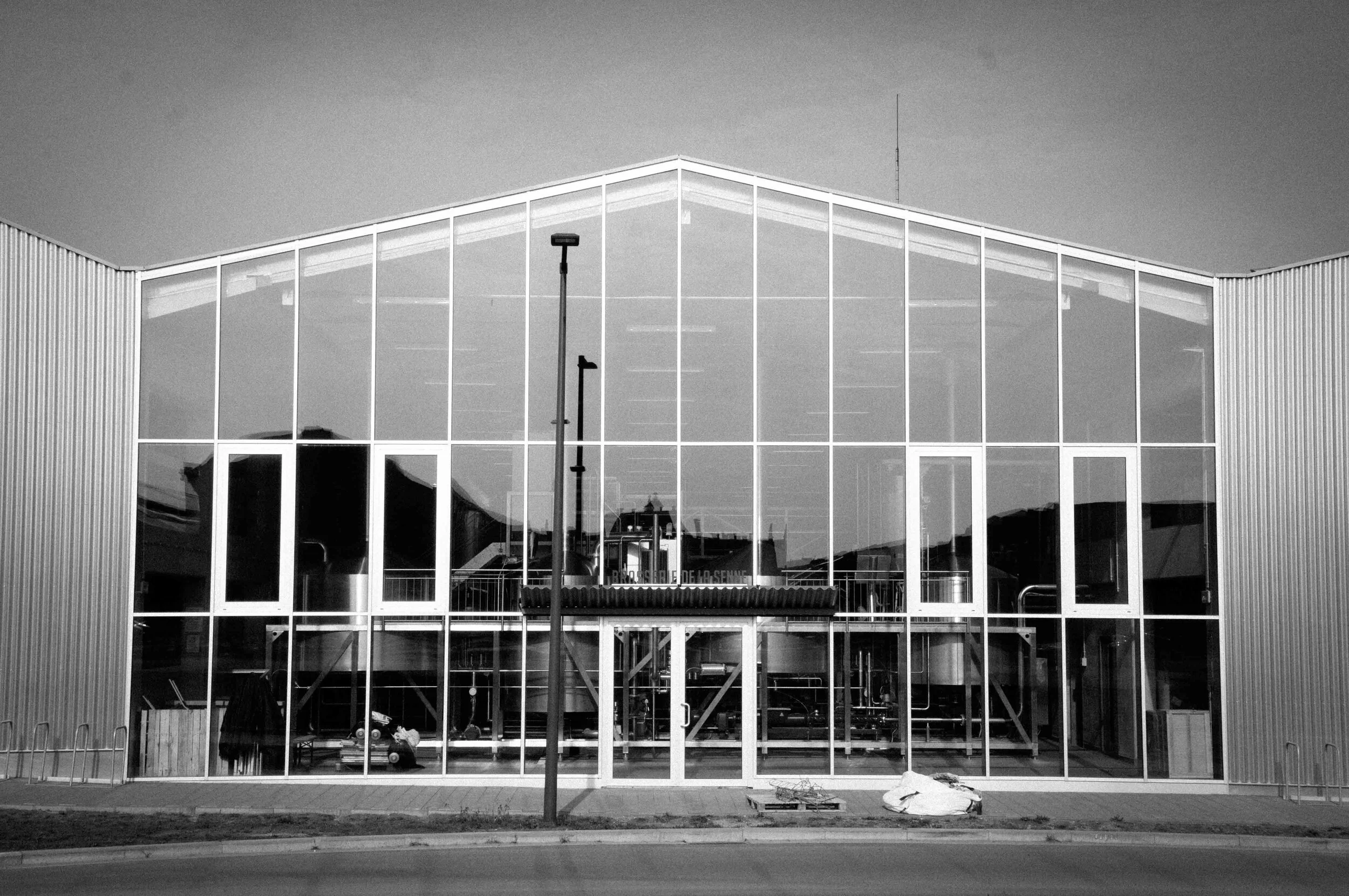A History of Brussels Beer in 50 Objects // #21 Les Mémoires de Jef Lambic
Find out more about Brussels Beer City’s new weekly series, “A History Of Brussels Beer In 50 Objects” here.
Object #21 - Les Mémoires de Jef Lambic
19th century
City Life
By the late 1800s, a new kind of café emerged in Brussels: the café du coin or volkscafé, a synthesis of the pre-industrial estaminet’s proletarian atmosphere with the modernity - gaslight, mirrors, and foreign beers - of the city’s bourgeois boulevard cafés. Part working man’s club, part safe-deposit box, and part working class community centre, volkscafés became as intrinsic a part of Brussels’ urban fabric as Amsterdam’s bruine cafés or backstreet London boozers.
Many volkscafés have since vanished or evolved into something different, but we know so much about the vibrancy of their fin de siècle heyday because of one man’s memoirs. A brewer’s son, Jef Lambic was born in Brussels’ working class Marollen neighbourhood in 1860 and grew up “between good-smelling wooden barrels and...cool cellars [with] a pleasant, slightly sour odor.” His 20s coincided with Brussels’ café boom, and Jef dived right in.
He experienced first hand the “brown beer invasion”, the arrival of English beer, and Brussels’ Bavarian Lager craze. Jef was Zelig-like, as comfortable conversing with the thick-necked café bosses of the Vlaamsesteenweg as he was ordering choucroute and a two litres of Löwenbrau from M. Kartoffel at the glittering Café des Trois Suisses.
Jef, however, always remained loyal to his “marvellous Brussels beer”. His preference was Faro and Lambic in cellar bars on the Grand Place or in basements like those of the Hopital Saint Pierre, redolent of malt and hops rather than medicine. In Mémoires d’un Pottezuyper (Brussels dialect for drunk), written in his late-80s, Jef says he consumed two litres of Lambic, one of Faro and two more of table beer daily - 70,000 litres of Lambic across his lifetime.
In Les Mémoires, published posthumously in 1958, Jef is adept at colourful character sketches of café regulars. There is the aforementioned Kartoffel, German and obsessed with statistics. Mie Tête, Brussels’ most beautiful and largest barmaid, with whom Jef fell madly in love. Or the kwaksalver, a drunken, “despicable pest”. And then Jef himself, in bowler hat, wool-lined overcoat and pencil moustache, toasting the café baes.
Only, neither Jef nor his moustache ever existed. His memoirs are a fabrication, a zwanze, and the evidence is in the book. His birthday is April 1. His surname’s ridiculous nominative determinism. And the manner of the book’s “discovery” after Jef’s “death” in the early 1950s - found, carefully wrapped and intact, in an abandoned beer barrel unearthed during construction work in the Marollen.
So who wrote Jef’s memoirs? The Lambic.info website suggests the book’s true author was its illustrator, Robert Desart. Writer Roel Mulder points to other, alternative Brussels-based ghost writers. Shortly after the book’s publication in 1958, a review in Le Soir confidently credited it to Desart. But does it matter that Jef’s life is a fiction? As the Le Soir article says, “[Jef] revitalises the taverns of old, their mustached bosses, [and] their buxom waitresses ….sure, there are some inaccuracies ….but they in no way affect the evocation of this era, which remains utterly authentic.”













